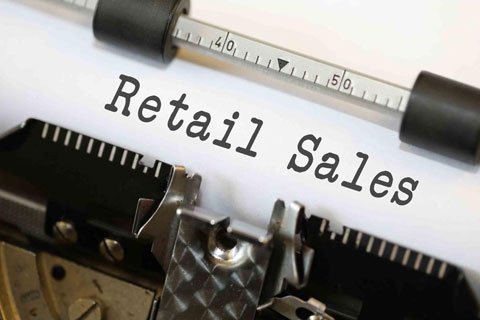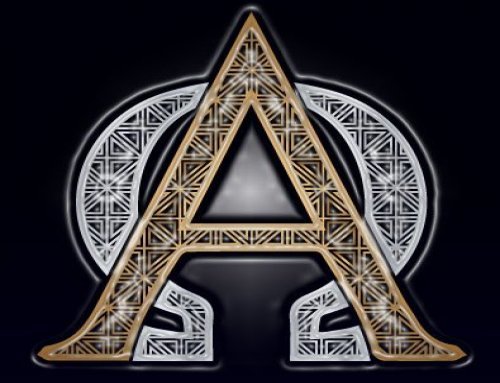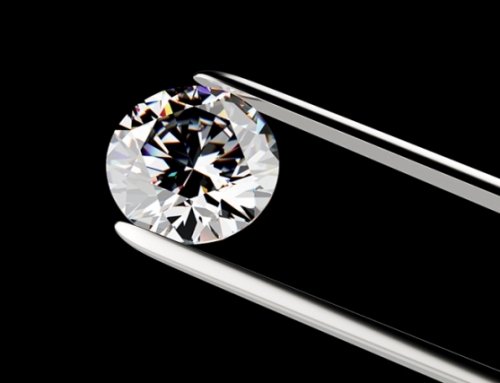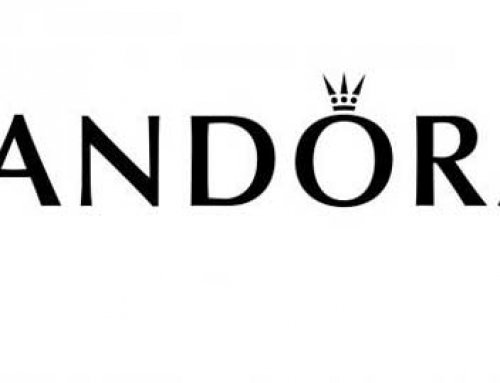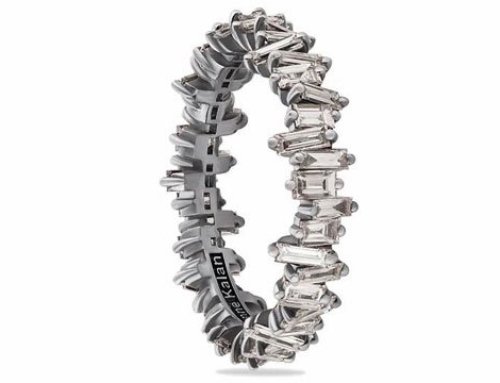From a sharpened customization to “social shopping“, retail is now finding more technological ways to meet the needs of buyers, showed ‘The Trends Shaping 2019’, a new report by the credit card company Alliance Data.
“Nowadays, customers expect more from brands. This request helps move the industry forward,” says the report, available online.
The credit card company, which recently concluded an agreement to manage the credit program of Signet, has listed 10 trends that should define the profile of retail for the coming year.
Retail trend # 1: brands make considerable efforts to link their assets to their networks
Retailers’ apps are now contributing to the in store experience. Thus, the Uniqlo app gives fashion advice to customers and directs them to its boutiques offering these products.
Retail trend # 2: retailers “welcome everyone”
“The public increasingly expects brands to recognize the value of each person,” the report says. The brands therefore offer inclusive articles that reflect trends in body positivity and gender neutrality.
The report states that Nordstrom now requires its women’s clothing brands to produce clothing of all sizes and has included more sizes in its usual displays. Chanel has launched a range of men’s makeup.
Retail trend # 3: traditional stores encourage customers to use the product in the shop
For example, Office Max offers workspaces for customers to use their printers and technology. JoAnn sets up “studios” in which creative arts lovers can rent sewing machines and take classes. DSW provides pedicures, on-site repair of shoes and handbags and the installation of custom insoles.
Retail trend # 4: brands prove their “strong connection” to causes of concern to their customers
Starbucks is committed to banning the use of disposable straws by 2020 because of the impact of plastic on the environment. Hasbro now recycles it’s toys and games for free.
Retail trend # 5: retailers offer “more precise customizations” by offering tailor-made products and services
The Eison Triple Thread Customized Men’s Clothing Company designs products by analyzing a custom questionnaire and listening habits of buyers on Spotify. Another site, called Ivyrevel, designs dresses by analyzing the client’s place of life.
Retail Trend # 6: Second Hand Items Now Mainstream
Banana Republic now sells on its site little used articles of Chanel, Burberry and Louis Vuitton. The used clothing brand is currently worth $ 20 billion and is expected to double by 2022, according to the report.
Retail trend # 7: there is a “social shopping revolution“
More brands play with exclusives on social networks: Kylie Cosmetics sold an eye shadow exclusively on Snapchat, while a collection of Allbirds shoes was offered only on Instagram.
Retail trend # 8: companies offer digital solutions that go beyond the limitations of online shopping
Original Stitch launched Bodygram, a program that creates custom sizes by scanning users’ body photos. The company claims that its service is 99% accurate, though, if the items are not suitable, they can be returned. Wayfair uses virtual reality to allow users to see how their furniture and décor could fit into their interior.
Retail trend # 9: user experiences are driven by artificial intelligence and database algorithms
Some retailers now offer each customer a personalized website experience, tailored advertising, and individual product recommendations.
Retail trend # 10: brands find ways to make life easier for users
HP has developed “smart printers” that order ink when they are out of print.

